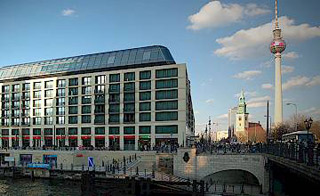Seventeen years after the German Democratic Republic ceased to exist, Berlin is being swept by Ostalgie, a curious nostalgia for the once-loathed Communist half of the country. And it's nowhere more in evidence than at the new GDR Museum, the brainchild of ethnologist Peter Kenzelmann, a West German, who decided it was important to create a detailed public archive of the East German art de vivre. Think plastic Trabant automobiles, affectionately known as Trabies and worth far more than they ever were originally; Mokafix, a sickly chocolate beverage that tastes like the leavings on a chocolate factory's floor; and Blue Cottino, the Commie response to Levi's (low-slung and without copper rivets, mind you). In addition to objects, his ever-growing archives include films that vaunt the good life in East Germany, posters praising the wise rule of former East German president Eric Honecker, brochures boasting of glamorous vacations in Slovakia's Tatry Mountains, and recordings of popular East German songs (some diplomat with a dark sense of humor must have shipped a load of Monkees records back home to use as the boilerplate for all East German pop songs).

To assure maximum effect, the objects are displayed in replicas of Plattenbau interiors—the rooms in those prefabricated concrete apartment blocks that once housed much of the population of East Berlin and that are still a part of the city's landscape today. Suffice it to say that East German wallpaper designers have a lot to answer for, and that the prevailing orange and brown color schemes, not to mention the frilly synthetics, would make anyone yearn to jump over the Berlin Wall. In fact, the only East German products that seem worthy of survival today are Spreewald pickles—still widely available in Berlin.



 Pinterest
Pinterest


